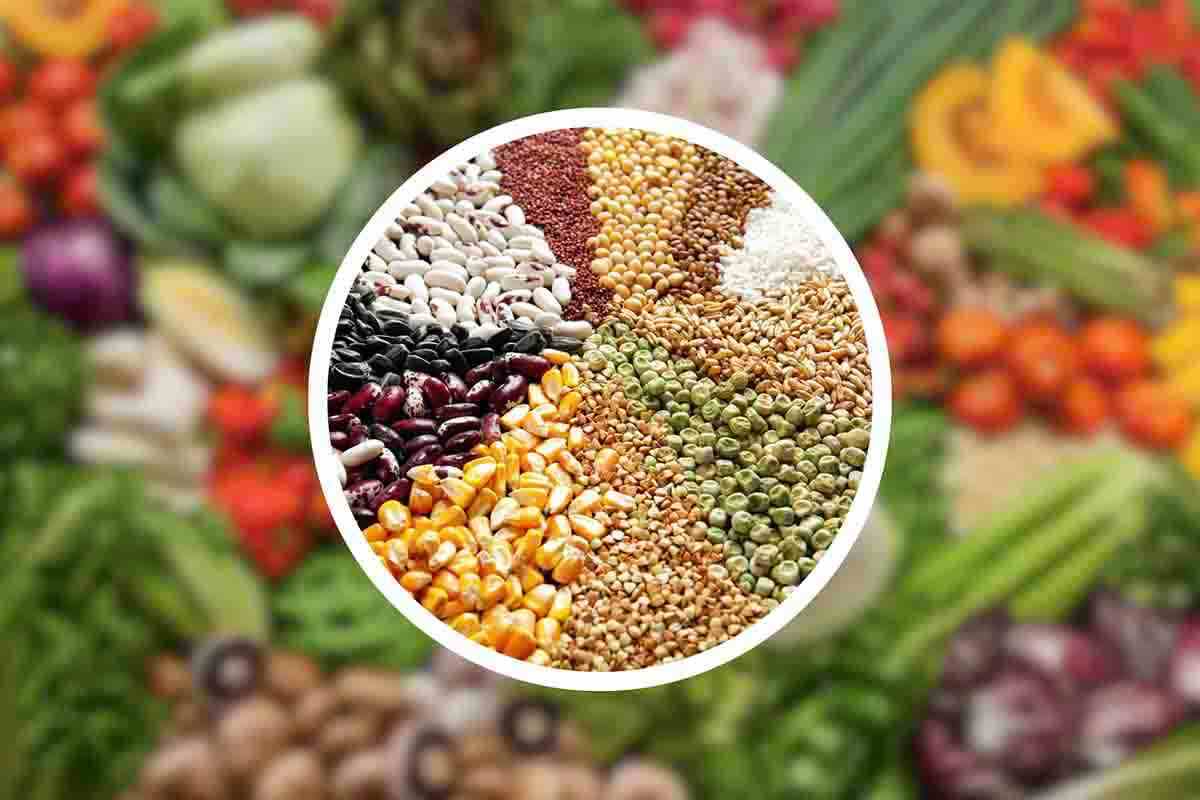How good are legumes for your health? They have so many benefits for our well-being and there is one in particular that you should consider!
I legumes represent a real mine of nutrients. They are known for their versatility in the kitchen and numerous health benefits. Among the best known ones there are beans, lentils, chickpeas and many others. They are an important source of vegetable proteins, fibre, vitamins, minerals and antioxidants. And since they are good for our health we should include them in our diet.
As we said, they are a precious source of vegetable proteins, essential for the construction and maintenance of muscle tissue. They are rich in fiber, both soluble and insoluble, which promotes gut health. Furthermore, the fibers present in legumes contribute to a greater feeling of satietyhelping in body weight control and appetite management. In particular, among the various legumes there is one that is in season which is often mistaken for a vegetable but is not and is very good for your health! Let’s see what it is.
A seasonal legume that you should eat
We’re talking about green beansalso known as croissants. These legumes are one of the garden’s treasures that offer not only flavor but also a host of health benefits. These unripe pods of common bean belong to the legume family, although they have some nutritional characteristics more similar to vegetables. Green beans are rich in water, with a surprising amount of 90.5 grams per 100 grams of fresh weight.
This makes them a low-calorie, low-calorie food about 25 calories per pound. Although they are part of legumes, they have a lower protein content (about 2.1 g per hectare) and fewer carbohydrates than other legumes such as borlotti beans. However, they are a significant source of fiber, with almost 3 grams per ounce, and offer a number of valuable micronutrients such as folates, vitamin C, beta-carotene and mineral salts such as potassium, phosphorus, calcium and iron.
Legume green beans that are very similar to vegetables due to their nutritional properties – Buttalapasta.it
But what benefits do they bring to our health? Like other legumes, the insoluble fibers of green beans promote intestinal regularity, while soluble fibers nourish the intestinal bacterial flora, improving intestinal health. Furthermore, they help reduce the absorption of fats and keep cholesterol and blood pressure levels under control, thus reducing the risk of heart disease.
And again, they slow down the absorption of sugars, useful for blood sugar control, especially for people with diabetes. And then there vitamin C and beta-carotene present in green beans support the immune system and counteract oxidative stress. They are excellent during pregnancy and thanks to their water and potassium content, they promote diuresis and the maintenance of the hydrosaline balance.
To best preserve nutrients, It is advisable to steam the green beans or cook them in a non-stick pan with a little water. They can be enjoyed fresh during the season, from May to September, or use the frozen ones available all year round. A useful trick is to freeze them in portions, whole or cut into small pieces, to always have them on hand. Let’s remember that they can be consumed alone as a side dish, steamed, stewed, baked au gratin or added to soups and minestrone. They pair well with protein sources such as meat, fish, eggs, cheeses and tofu. They are also excellent for enriching first courses, cereal salads or as a condiment for pasta.
In short, have fun preparing and enjoying this fabulous legume, your health will thank you!
